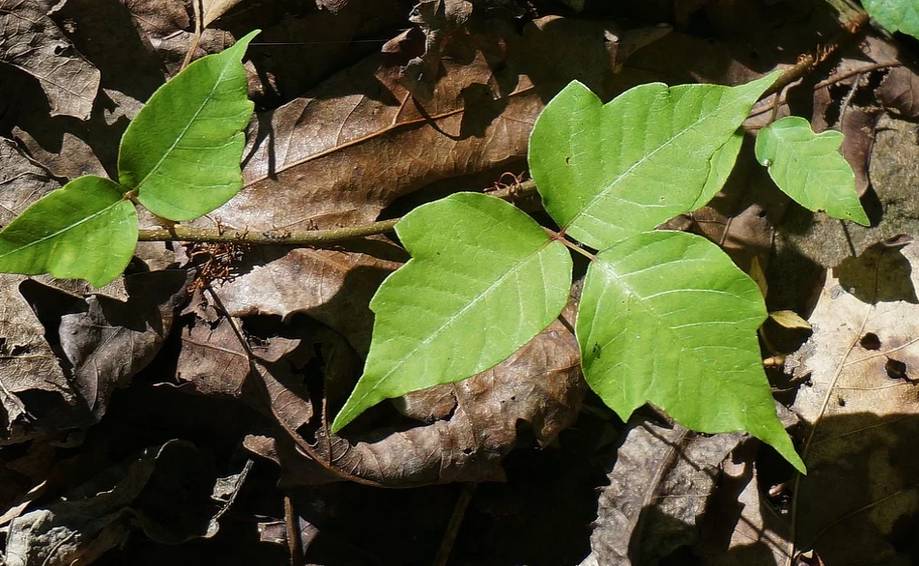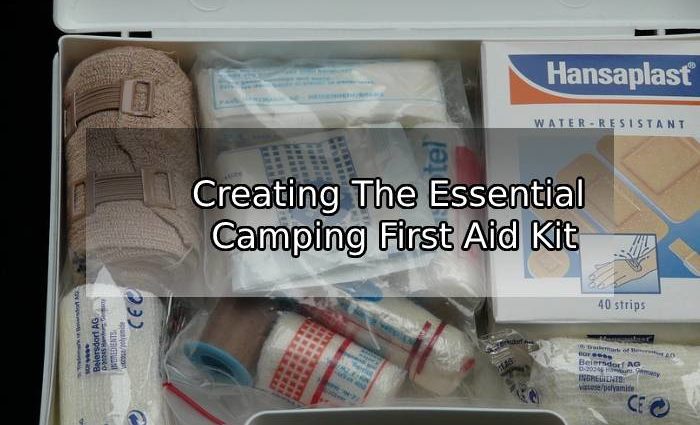Camping, like any other outdoor activity, entails certain danger. No matter how cautious you are, knowing how to deal with little situations and recognizing major ones is critical. Having first-aid supplies on hand to deal with typical camping catastrophes will make your trip go more smoothly and safely.
Table of Contents
Superficial Scrapes and Cuts
To treat superficial scrapes and cuts, use the following methods:
- Soap and water should be used to clean the wound right away.
- Antibiotic ointment, such as bacitracin, should be used.
- To prevent infection, cover the wound with a sterile bandage or gauze pad while it heals.
Deeper Cuts
Your goal with bigger cuts is to stop the flow of blood until it clots and you can get to a doctor.
- Using a sterile bandage, apply pressure to the wound.
- Wrap medical tape around the area snugly but not tightly, pressing the open skin back together. Use butterfly bandages instead if you have some (small bandages that bring the sides of a wound together).
- Remove the bandage and rewrap it loosely if the limb becomes cold or numb.
- If you suspect a fracture, restrain the limb with a branch or tent pole and seek for aid right once.
Poison Ivy

Poison ivy is difficult to spot since it can grow across the ground or climb trees like a vine, and its look and color vary depending on the season and location. All poison ivy plants, however, have three leaflets on each stalk and may produce little white berries. Poison ivy causes an itchy, blister-filled red rash in the majority of persons who come into contact with it. If this occurs, take the following steps:
- Wash the infected area with soap and water right away, then swab it with rubbing alcohol.
- Apply a hydrocortisone cream if a rash appears.
- Take antihistamines or apply calamine lotion immediately to the rash to relieve itching.
- Touching skin or clothing that has been in contact with these plants should be avoided.
Bee, Wasp, and Hornet Stings
If you’re allergic to bug stings, ask your doctor for an EpiPen® to bring on the vacation. If administered right after a sting, it swiftly stops the allergic reaction and provides you time to seek medical help.
Hypothermia
Hypothermia occurs when the body temperature dips more than 3 degrees Fahrenheit below normal; even a drop of 8 degrees Fahrenheit can be fatal. Hypothermia can strike at any time of year, however it is most frequent in the winter. It could take several hours to develop, or it could happen all of a sudden. Hypothermia is more likely among people who are exhausted or in poor physical form. Uncontrollable shivering, weakness, disorientation, cold, pale skin, and drowsiness are some of the symptoms. If you think you’re suffering from hypothermia, do the following steps:
- Any damp garments should be removed.
- Wrap yourself in blankets or a sleeping bag.
- Warm compresses should be applied to your chest, neck, and groin.
- Consume hot beverages and high-calorie snacks.
- Place a heat pack on the major blood vessels in the neck, armpit, and groin if possible.
- If your symptoms do not improve, you should seek medical care right once.
Heat Exposure
Heat exhaustion is caused by prolonged exposure to the sun, hard physical exertion, and dehydration. Heavy perspiration, flushed skin, headache, nausea, and dizziness are all signs of hyperthermia. Heatstroke, a potentially lethal condition, can result from extreme overheating. Prevent overheating by taking precautions and treating it as soon as it arises.
Prevention
- 3–4 quarts of water per day is recommended. Drink frequently, even if you aren’t thirsty.
- To protect yourself from the sun, use a wide-brimmed hat or stay out of the sunlight completely.
- During strenuous tasks, take frequent rests.
- Wear lightweight, breathable clothing.
Treatment
- Take a break from the sun.
- Towels soaked in chilly water should be applied to the skin.
- Drink plenty of water.
- If the situation worsens, seek medical attention right once.
Items for a Wilderness First Aid Kit
The following items should be included in a good wilderness first aid kit:
- Ibuprofen
- Antidiarrheal aids
- Antacid tablets
- Laxatives
- Antihistamines
- Calamine lotion
- Antibiotic ointment
- Alcohol swabs
- Vaseline®
- Cotton swabs
- Butterfly bandages
- Band-Aids®
- Medical tape
- Elastic bandages
- Gauze
- Small scissors
- Nail clippers
- Tweezers
- Needle
- Safety pins
- Matches
- Moleskin (for blisters)
- Ice pack
- Hot water bottle
- Iodine
- Water purification tablets
A Note on Insect Repellents
The most common insect repellent is DEET. At camping stores, you can purchase repellents with additional DEET that are designed specifically for the woods. If you’re worried about the chemicals in DEET, try using oil of lemon eucalyptus instead. Use liquid, cream, or roll-on repellents, which are more potent than spray repellents, whichever type you pick.


Comments are closed, but trackbacks and pingbacks are open.